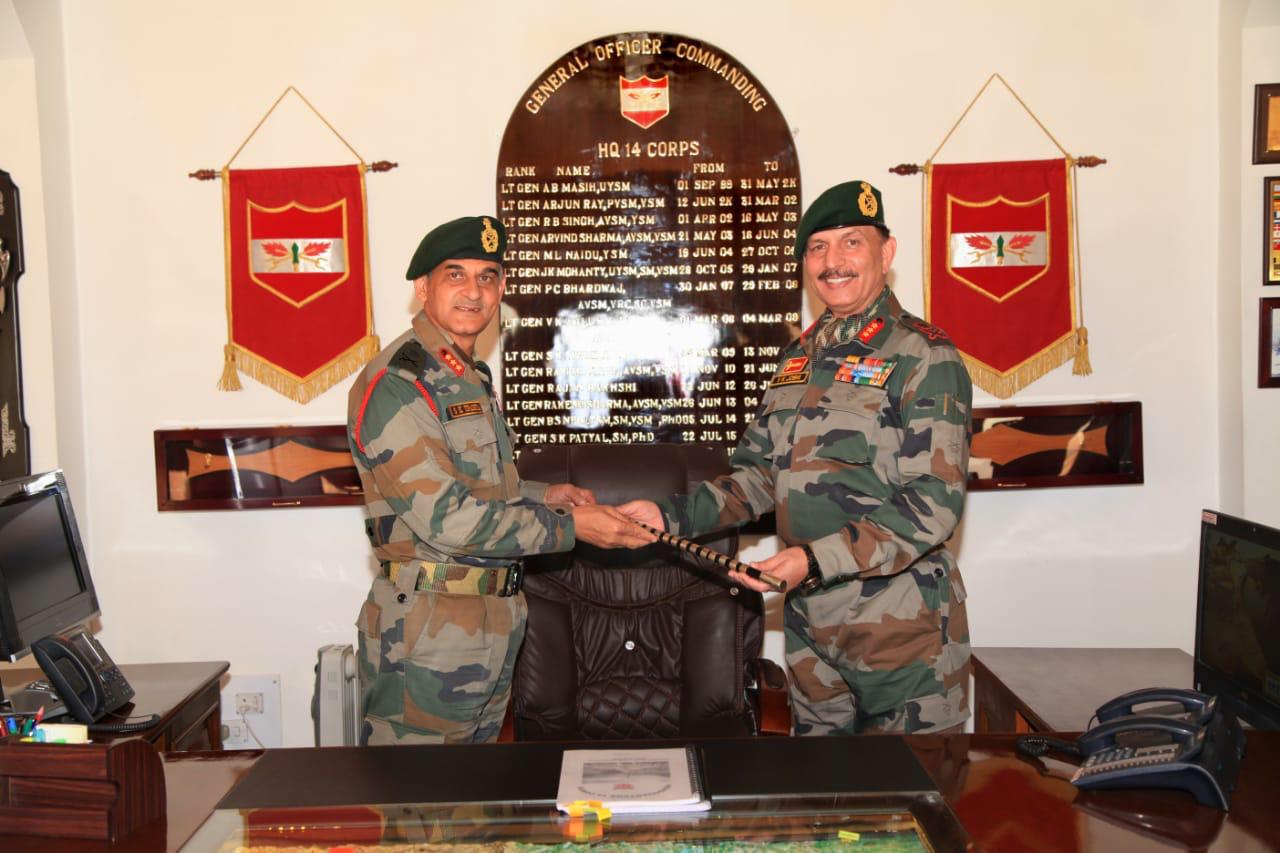
Lt. Gen. Joshi was not only a hero in the 1999 Kargil war but is also a veteran when it comes to dealing with China.
New Delhi: Soldier-diplomat Lt Gen. Yogesh Kumar Joshi assumed charge of a crucial Army corps covering borders with both China and Pakistan over the weekend – a selection that indicates the importance the Modi government attaches to the sensitive region less than a year before general elections.
All choices for corps commanders are carefully studied before the appointments are made.
Yet, in choosing Joshi to command the 14 Corps, Army Headquarters and the government have selected an officer of outstanding merit who was not only a hero in the 1999 Kargil war but who also went on to deal with China in subsequent tenures, and is an expert on India’s eastern neighbour.
The 14 Corps, also known as the ‘Fire and Fury Corps’ was raised as a consequence of the Kargil War.
Also read: One year after Doklam, China intrudes again — in Ladakh
The frontage of Joshi’s Corps, headquartered in Leh, extends from the Drass-Mashkoh-Tiger Hill area where he fought in 1999 as a Lt. Colonel, through Kargil in the west, passing through Batalik and Turtok – all along the Line of Control in western Ladakh.
It includes the 78-km-long Siachen Glacier before turning south and east into the eastern Karakorams, covering Daulat Beg Oldi, the Chushul Valley including the Pangong Tso lake, the Spanggur Gap right up to Demchok and the Tso Moriri Lake near the border with Himachal Pradesh in the south of eastern Ladakh.
An expert on China
The uniqueness that Joshi brings to his office is not only his knowledge of the Chinese language. He also commanded a brigade and a division in the area.
Just before taking over as the General Officer Commanding the ‘Fire and Fury’ Corps, Joshi was Director General, Infantry, at Army Headquarters.
Joshi was Defence Attache to China (2005-2008) and negotiated the technicalities of the first India-China joint exercise “Hand-in-Hand” in Kunming in 2007. In Kunming that year he told this correspondent at the inauguration: “This is a beginning, let us see where this (India-China joint exercises) goes.”
He handled two sensitive positions on the China desk at the Directorate-General of Military Operations subsequently, cutting through patrolling disputes in Chumar and Demchok and Daulat Beg Oldi in Eastern Ladakh, and then giving inputs to resolve last year’s 72-day Doklam stand-off.
“Be assured that General Joshi is being specially appointed keeping the complexities of China-Pak relations in Ladakh and his experience and success with both of them,” a source in the defence ministry told ThePrint.
Also read: China builds defences in PoK territory India claims, carries out joint patrols with Pakistan
One of these complexities is a recent joint patrol by Chinese and Pakistani armies in the vicinity of the Khunjerab Pass; the other is that the China Pakistan Economic Corridor (CPEC) that overrides Indian interests passing through territories claimed by New Delhi, is now getting into an intensive phase with more Chinese deployments in territories under Pakistani control.
There are also vulnerabilities that get exploited from time to time, a recent one in June-July was at Demchok where suspected PLA soldiers intruded as graziers.
Next Army chief?
“Outstanding soldier, military leader. Did extremely well as CO (commanding officer) 13 JAK Rif during Kargil. Had a great career thereafter…heartfelt congratulations and best wishes,” General V.P. Malik (retired), who was the Army chief during the Kargil operations, tweeted on learning of Joshi’s appointment.
At one point during the war, Joshi, commanding his unit, the 13 Jammu and Kashmir Rifles (13 JAK Rif), took over a gun emplacement from a nervous young soldier and began firing himself. In the Bollywood movie LOC Kargil that was subsequently made, his character, essayed by Sanjay Dutt, was known as “Jo”.
Joshi could be in the reckoning as the Army chief after General Bipin Rawat’s scheduled tenure ends in December 2019. But, as Rawat’s appointment has shown, the Centre does not go by seniority or by mere convention in choosing service heads. The Modi government executes its political prerogative to make senior appointments.






















































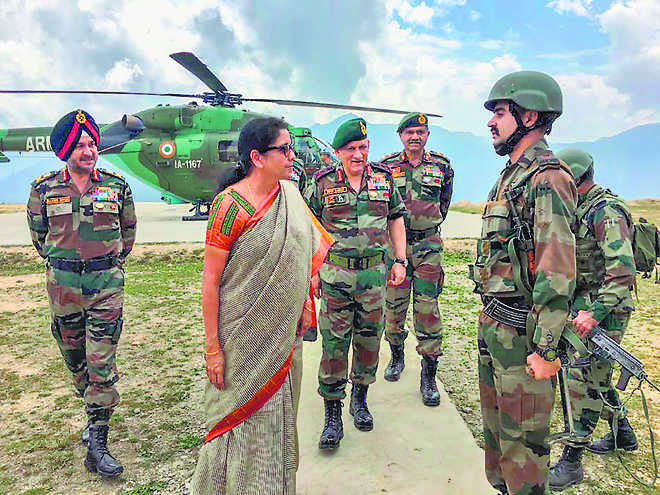

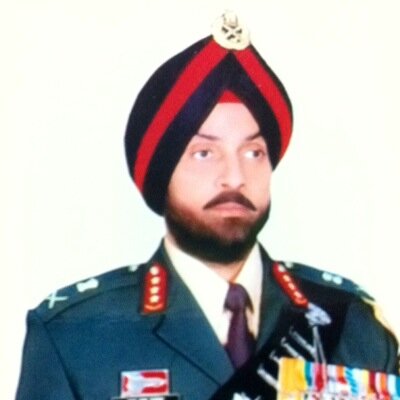
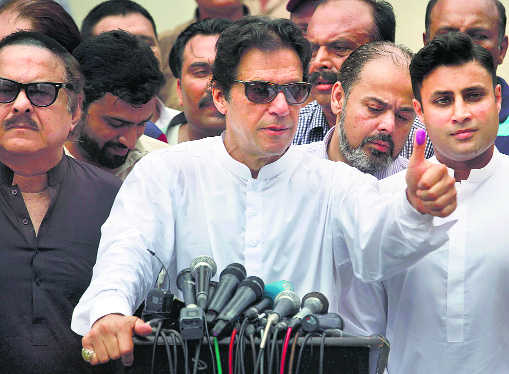
 HT FILE PHOTO
HT FILE PHOTO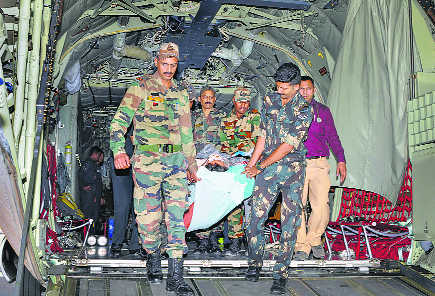
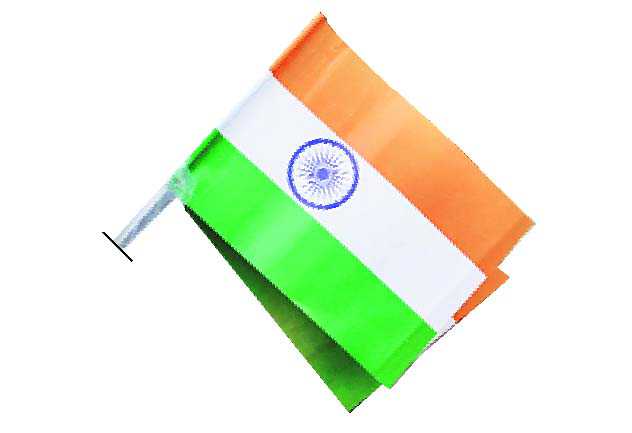


 PTI FILE
PTI FILE

























































